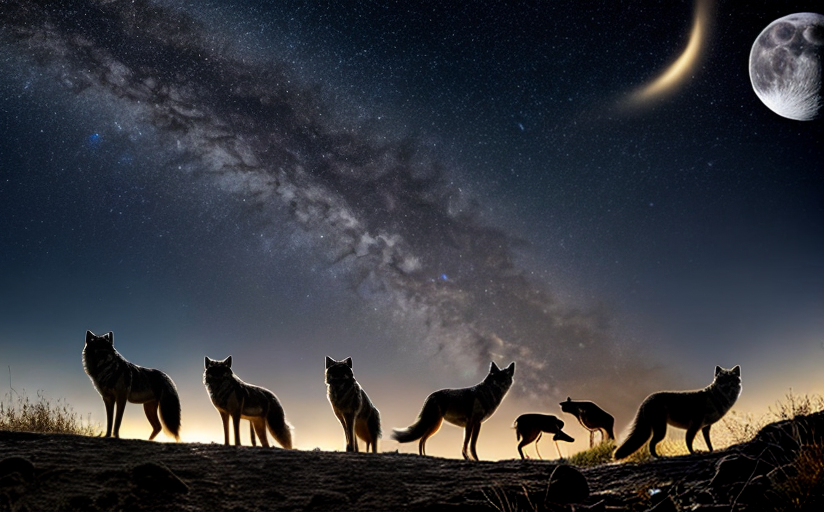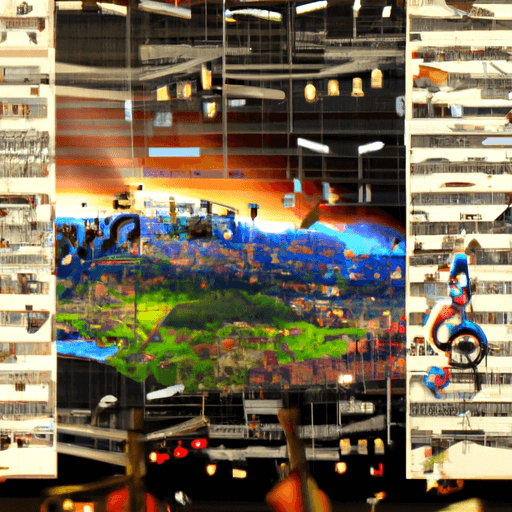The Influence of Lunar Cycles on Animal Behavior
Without a doubt, there's a mesmerizing appeal to the cosmos and its omnipresent influence on Earth's life forms. A particularly fascinating aspect is the impact of lunar cycles on animal behavior, a symbiotic relationship that eloquently depicts the intricate connective web spanning from the wilderness to distant celestial bodies.
Phases of the Moon and Wildlife
Various animal species display changes in their activities concurring with the moon's phases. For instance, nocturnal animals like certain bat species have shown reduced activity during the full moon, likely to avoid increased predation risks with the heightened light levels.
Dung beetles, known for their celestial navigation, use the polarized light of the moon to move in a straight line, a strategy hampered during the full moon when the moon's light overpowers the polarization pattern.
Meanwhile, diurnal animals aren't exempt from lunar influences. The African elephant, for instance, has been observed to increase nocturnal feeding during the full moon, potentially as a strategy to maintain feeding while avoiding human conflict during the daytime.
Scientific Evidence and Theories
A multitude of scientific studies have shown correlations between animal behavior and lunar cycles. The Spartina marsh crab has been shown to alter its burrowing activity with the lunar-tidal cycle, while corals time their synchronous mass-spawning events with lunar phases.
Several theories propose potential reasons for these patterns. The ‘moonlight avoidance hypothesis’ explains the reduced nocturnal activity in some species due to increased predation risks. Meanwhile, the gravitational pull of the moon affecting tides is known to influence marine animals.
Implications for Research and Conservation
Understanding the intricacies of moon-influenced behaviors has profound implications. It enriches our understanding of wildlife, aiding the prediction and interpretation of behavioral patterns. More importantly, it can guide conservation strategies. For instance, knowing an animal's heightened activity during certain lunar phases can advise optimal times for protective measures like anti-poaching patrols.
To conclude, the cosmos continue to reveal their prevailing hand in orchestrating life on Earth. The enduring dance between our wildlife and celestial bodies is an eloquent reminder of the profound interconnectedness of our Universe.

















Comments
Leave a Comment